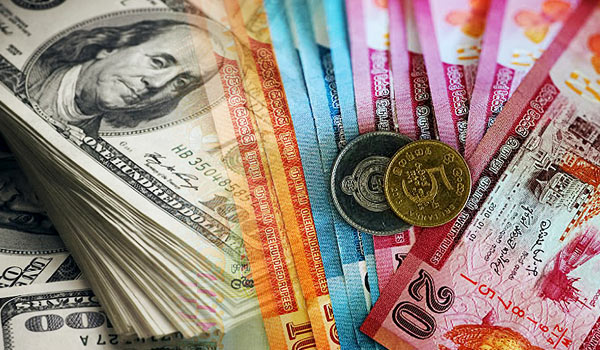Sri Lanka sweetens FX rate for migrant workers to combat dwindling foreign reserves

A plan by Sri Lanka’s central bank to encourage migrant workers to remit funds using formal channels is unlikely to fix the country’s precarious financial position, experts said on Thursday.
The central bank said late on Wednesday it would give 10 rupees ($0.0495) extra for every dollar remitted by the country’s estimated one million migrant population.
It also warned it was working to “curtail informal fund transfer channels,” commonly referred to as “hawala” systems, to push more remittances through formal sources and to banks.
“(The bank) urges all migrant Sri Lankans to use only legal channels to repatriate their earnings,” tweeted Central Bank Govenor Ajith Nivard Cabraal.
The island nation is scrambling to shore up forex reserves to meet over $4 billion in debt repayments due from January.
Remittances are Sri Lanka’s second largest source of foreign exchange behind merchandise exports. Inflows hit $7.1 billion in 2020 bucking expectations of a pandemic contraction.
A decision by the Central Bank to unofficially peg the rupee at a fixed rate between Rs.200-Rs.203 in September triggered a sharp drop in remittances, while the hawala rate for rupees stood at 264 to the dollar on Thursday, a trader told Reuters on condition of anonymity.
The central bank has also rolled out plans to securitise about $700 million in remittance flows to help finance about $4.5 billion in debt repayments next year, which include a $500 million international sovereign bond maturing in January.
The latest measures on migrant workers could backfire, former central bank deputy govenor Dr. W.A. Wijewardene told Reuters.
“Instead of going for a complete adjustment of the exchange rate the central bank has introduced a partial depreciation, which will not work,” he said.
“Preferential treatment of one party will leave others dissatisfied. Exporters who bring in about $1 billion every month have been totally ignored. The solution is to allow the rupee to reach the market level.”
($1 = 202.0000 Sri Lankan rupees)
(Reuters)

Latest Headlines in Sri Lanka
- UN pledges support for Sri Lanka’s industrial and SME development March 13, 2025
- Former Boossa Prison Superintendent shot dead in Akmeemana March 13, 2025
- Police search Sagala Ratnayaka’s residence amid hunt for IGP Deshabandu Tennakoon March 13, 2025
- Another Middeniya triple murder suspect arrested at BIA while fleeing March 13, 2025
- Court of Appeal to rule on IGP Tennakoon’s arrest warrant on March 17, 2025 March 12, 2025


